There has been some confusion as to who, in particular, determines whether a state of war exists for international law purposes. Is it a decision made by army commanders, international courts, or the heads of state? To answer this question we first need to understand the term war. By definition, war is a violent contention between two or more countries, called States, which is allowable under international law.
War as it is understood today is different from what it was understood in the nineteenth century when the Hawaiian Kingdom government was unlawfully overthrown by United States armed forces on January 17, 1893. According to Professor Brownlie, “The right of war, as an aspect of sovereignty, which existed in the period before 1914, subject to the doctrine that war was a means of last resort in the enforcement of legal rights, was very rarely asserted either by statesmen or works of authority without some stereotyped plea to a right of self-preservation, and of self-defence, or to necessity or protection of vital interests, or merely alleged injury to rights or national honour and dignity.” (Ian Brownlie, International Law and the Use of Force by States (1963) 41).
In the absence of a system of dispute resolution, such as today’s Permanent Court of Arbitration (est. 1899) or the International Court of Justice (est. 1945), war was seen as a form of judicial procedure, a litigation of sorts between nations that involved lethal punishment. It was a means by which one State could obtain redress for wrongs committed against it. War, however, was considered a course of last resort.
“It was generally thought that a state of war came into existence between two countries if, and only if, one of these countries made it clear that it regarded itself as being in a state of war,” says Judge Greenwood. (Christopher Greenwood, “Scope of Application of Humanitarian Law,” in Dieter Fleck (ed), The Handbook of the International Law of Military Operations (2nd ed., 2008) 45). Representatives of countries in international law are Heads of Governments, whether they are Presidents, Monarchs or Prime Ministers. Any political determination made by these Heads of States that their countries are in a state of war is conclusive. In the case of the United States it would be the President, and in the case of the Hawaiian Kingdom it would be the Monarch.
International law differentiates a “declaration of war” from a “state of war.” According to McNair and Watts, “the absence of a declaration…will not of itself render the ensuing conflict any less a war.” In other words, since a state of war is based upon concrete facts of military action there is no requirement for a formal declaration of war to be made. In 1946, a United States Federal Court had to determine whether a United States naval captain’s life insurance policy, which excluded coverage if death came about as a result of war, covered his death during the Japanese attack of Pearl Harbor on December 7, 1945. The family of the captain was arguing that the United States was not a war at the time of his death because the Congress did not declare war against Japan until the following day. The Court denied the family’s claim and determined, “that the formal declaration by the Congress on December 8th was not an essential prerequisite to a political determination of the existence of a state of war commencing with the attack on Pearl Harbor.” (New York Life Ins. Co. v. Bennion, 158 F.2d 260 (C.C.A. 10th, 1946), 41 American Journal of International Law (1947), 682).
On the 100th anniversary of the United States unlawful overthrow of the Hawaiian Kingdom government in 1893, the United States Congress enacted a joint resolution offering an apology. Of significance in the resolution was a particular “whereas” clause, which stated “Whereas, in a message to Congress on December 18, 1893, President Grover Cleveland reportedly fully and accurately on the illegal acts of the conspirators, described such acts as an ‘act of war, committed with the participation of a diplomatic representative of the United States and without authority of Congress, and acknowledged that by such acts the government of a peaceful and friendly people was overthrown.” (Annexure 2, Larsen v. Hawaiian Kingdom, 119 International Law Reports (2001) 612).
At first read, it would appear that the “conspirators” were the subjects that committed the “act of war,” but this is misleading. First, under international law, only a country can commit an “act of war”, whether through its military and/or its diplomats; and, second, under municipal laws, which are the laws applicable to a particular country, conspirators within a country could only commit treason not “acts of war.” These two concepts are reflected in the terms coup de main and coup d’état. The former is a successful invasion by an outside military force, while the former is a successful internal revolt, which was also referred to in the nineteenth century as a revolution. According to the United States Department of Defense, a coup de main is an “offensive operation that capitalizes on surprise and simultaneous execution of supporting operations to achieve success in one swift stroke.” (U.S. Department of Defense, The Dictionary of Military Terms (2009)).
In a petition to President Cleveland on December 27, 1893, from the Hawaiian Patriotic League, its leadership, comprised of Hawaiian statesmen and lawyers, clearly articulated the difference between a “revolution” and a “coup de main,” and, as such, an international crime was committed. The petition read:
“Last January, a political crime was committed, not only against the legitimate Sovereign of the Hawaiian Kingdom, but also against the whole of the Hawaiian nation, a nation who, for the past sixty years, had enjoyed free and happy constitutional self-government. This was done by a coup de main of U.S. Minister Stevens, in collusion with a cabal of conspirators, mainly faithless sons of missionaries and local politicians angered by continuous political defeat, who, as revenge for being a hopeless minority in the country, resolved to ‘rule or ruin’ through foreign help. The facts of this ‘revolution,’ as it is improperly called, are now a matter of history.” (Petition of the Hawaiian Patriotic League to President Cleveland (Dec. 27, 1893), The Executive Documents of the House of Representatives (1895), 1295).
Whether by chance or design, the 1993 Congressional Apology Resolution did not accurately reflect what President Cleveland stated in his message to Congress on December 18, 1893. When Cleveland stated that the “military demonstration upon the soil of Honolulu was of itself an act of war,” he was referring to United States armed forces and not to any of the conspirators. Cleveland noted, “that on the 16th day of January, 1893, between four and five o’clock in the afternoon, a detachment of marines from the United States steamer Boston, with two pieces of artillery, landed at Honolulu. The men, upwards of 160 in all, were supplied with double cartridge belts filled with ammunition and with haversacks and canteens, and were accompanied by a hospital corps with stretchers and medical supplies.” Clearly the act of war was committed by the armed forces of the United States. The landing, however, was just the beginning stage of a coup de main with the ultimate goal of seizing control of the Hawaiian government.
As part of the plan, the U.S. diplomat, John Stevens, would prematurely recognize the small group of insurgents on January 17th as if they were a successful revolution thereby giving it de facto status. International law, however, provides the parameters by which a revolution is deemed to have been successful. Foreign States would acknowledge success when an insurgency has secured complete control of all governmental machinery, no opposition by the lawful government, and has the acquiescence of the national population. According to Professor Lauterpacht, “So long as the revolution has not been successful, and so long as the lawful government…remains within national territory and asserts its authority, it is presumed to represent the State as a whole.” (E. Lauterpacht, Recognition in International Law (1947) 93). With full knowledge of what constitutes a successful revolution, Cleveland provided a blistering indictment:
“When our Minister recognized the provisional government the only basis upon which it rested was the fact that the Committee of Safety…declared it to exist. It was neither a government de facto nor de jure. That it was not in such possession of the Government property and agencies as entitled it to recognition is conclusively proved by a note found in the files of the Legation at Honolulu, addressed by the declared head of the provisional government to Minister Stevens, dated January 17, 1893, in which he acknowledges with expressions of appreciation the Minister’s recognition of the provisional government, and states that it is not yet in the possession of the station house (the place where a large number of the Queen’s troops were quartered), though the same had been demanded of the Queen’s officers in charge.” (Annexure 1—President Cleveland’s message to the Senate and House of Representatives dated 18 December 1893, Larsen v. Hawaiian Kingdom, 119 International Law Reports (2001) 605).
“Premature recognition is a tortious act against the lawful government,” explains Professor Lauterpacht, which “is a breach of international law.” (Ibid, 95). And according to Stowell, a “foreign state which intervenes in support of [insurgents] commits an act of war against the state to which it belongs, and steps outside the law of nations in time of peace.” (Ellery C. Stowell, Intervention in International Law (1921) 349, n. 75). Furthermore Stapleton states, “Of all the principles in the code of international law, the most important—the one which the independent existence of all weaker States must depend—is this: no State has a right FORCIBLY to interfere in the internal concerns of another State.” (Augustus Granville Stapleton, Intervention and Non-Intervention (1866) 6).
Cleveland then explained to the Congress the egregious effects these acts of war had upon the Hawaiian government and its apprehension of a “cabal of conspirators” who committed high treason.
“Nevertheless, this wrongful recognition by our Minister placed the Government of the Queen in a position of most perilous perplexity. On the one hand she had possession of the palace, of the barracks, and of the police station, and had at her command at least five hundred fully armed men and several pieces of artillery. Indeed, the whole military force of her kingdom was on her side and at her disposal, while the Committee of Safety, by actual search, had discovered that there were but very few arms in Honolulu that were not in the service of the Government. In this state of things if the Queen could have dealt with the insurgents alone her course would have been plain and the result unmistakable. But the United States had allied itself with her enemies, had recognized them as the true Government of Hawaii, and had put her and her adherents in the position of opposition against lawful authority. She knew that she could not withstand the power of the United States, but she believed that she might safely trust to its justice. Accordingly, some hours after the recognition of the provisional government by the United States Minister, the palace, the barracks, and the police station, with all the military resources of the country, were delivered up by the Queen upon the representation made to her that her cause would thereafter be reviewed at Washington, and while protesting that she surrendered to the superior force of the United States, whose Minister had caused United States troops to be landed at Honolulu and declared that he would support the provisional government, and that she yielded her authority to prevent collision of armed forces and loss of life and only until such time as the United States, upon the facts being presented to it, should undo the action of its representative and reinstate her in the authority she claimed as the constitutional sovereign of the Hawaiian Islands.” (Annexure 1—President Cleveland’s message to the Senate and House of Representatives dated 18 December 1893, Larsen v. Hawaiian Kingdom, 119 International Law Reports (2001) 606).
According to Professor Wright, “War begins when any state of the world manifests its intention to make war by some overt act, which may take the form of an act of war.” Quincy Wright, “Changes in the Concept of War,” 18 American Journal of International Law (1924) 758). In his review of customary international law in the nineteenth century, Professor Brownlie concluded, “that in so far a ‘state of war’ had any generally accepted meaning it was a situation regarded by one or both parties to a conflict as constituting a ‘state of war.’” (Brownlie, 38).
Cleveland concluded by an “act of war…the Government of a feeble but friendly and confiding people has been overthrown.”(Annexure 1—President Cleveland’s message to the Senate and House of Representatives dated 18 December 1893, Larsen v. Hawaiian Kingdom, 119 International Law Reports (2001) 608). More importantly, Cleveland referred to the Hawaiian people as “friendly and confiding,” not “hostile.” This is a classic case of where the United States President admits an unjust war, but a state of war nevertheless. In the absence of a treaty or agreement to end the state of war that has ensued for over a century, international humanitarian law regulates the Hawaiian situation.
These are the very matters that will come before the International Commission of Inquiry: Incidents of War Crimes in the Hawaiian Islands—The Larsen Case.

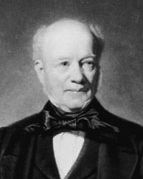 on business, and became interested in the native people and their government. After a candid examination of the controversies existing between their own countrymen and the Hawaiian Government, they became convinced that the latter had been unjustly accused. Sir George offered to loan the government ten thousand pounds in cash, and advised the king to send commissioners to the United States and Europe with full power to negotiate new treaties, and to obtain a
on business, and became interested in the native people and their government. After a candid examination of the controversies existing between their own countrymen and the Hawaiian Government, they became convinced that the latter had been unjustly accused. Sir George offered to loan the government ten thousand pounds in cash, and advised the king to send commissioners to the United States and Europe with full power to negotiate new treaties, and to obtain a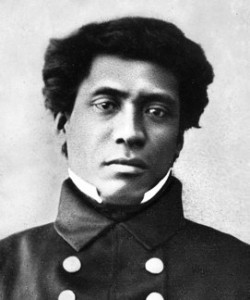 guarantee of the independence of the kingdom.
guarantee of the independence of the kingdom.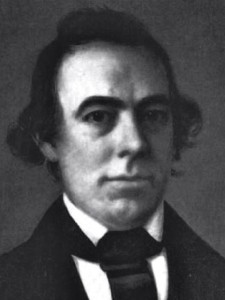 Mr. Richards also received full power of attorney for the king. Sir George left for Alaska, whence he traveled through Siberia, arriving in England in November. Messrs. Richards and Haalilio sailed July 8th, 1842, in a chartered schooner for Mazatlan, on their way to the United States*
Mr. Richards also received full power of attorney for the king. Sir George left for Alaska, whence he traveled through Siberia, arriving in England in November. Messrs. Richards and Haalilio sailed July 8th, 1842, in a chartered schooner for Mazatlan, on their way to the United States*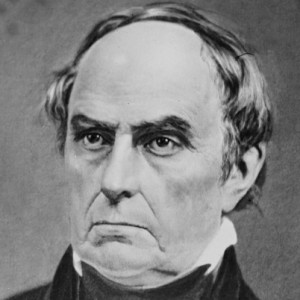 Secretary of State, from whom they received an official letter December 19th, 1842, which recognized the independence of the Hawaiian Kingdom, and declared, “as the sense of the government of the United States, that the government of the Sandwich Islands ought to be respected; that no power ought to take possession of the islands, either as a conquest or for the purpose of the colonization; and that no power ought to seek for any undue control over the existing government, or any exclusive privileges or preferences in matters of commerce.” *
Secretary of State, from whom they received an official letter December 19th, 1842, which recognized the independence of the Hawaiian Kingdom, and declared, “as the sense of the government of the United States, that the government of the Sandwich Islands ought to be respected; that no power ought to take possession of the islands, either as a conquest or for the purpose of the colonization; and that no power ought to seek for any undue control over the existing government, or any exclusive privileges or preferences in matters of commerce.” *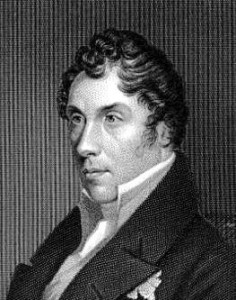 they had been preceded by the Sir George Simpson, and had an interview with the Earl of Aberdeen, Secretary of State for Foreign Affairs, on the 22d of February, 1843.
they had been preceded by the Sir George Simpson, and had an interview with the Earl of Aberdeen, Secretary of State for Foreign Affairs, on the 22d of February, 1843.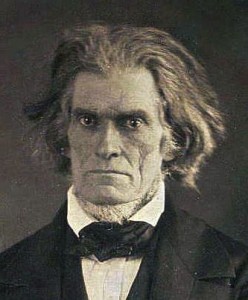 This was the final act by which the Hawaiian Kingdom was admitted within the pale of civilized nations. Finding that nothing more could be accomplished for the present in Paris, Messrs. Richards and Haalilio returned to the United States in the spring of 1844. On the 6th of July they received a dispatch from Mr. J.C. Calhoun, the Secretary of State, informing them that the President regarded the statement of Mr. Webster and the appointment of a commissioner “as a full recognition on the part of the United States of the independence of the Hawaiian Government.”
This was the final act by which the Hawaiian Kingdom was admitted within the pale of civilized nations. Finding that nothing more could be accomplished for the present in Paris, Messrs. Richards and Haalilio returned to the United States in the spring of 1844. On the 6th of July they received a dispatch from Mr. J.C. Calhoun, the Secretary of State, informing them that the President regarded the statement of Mr. Webster and the appointment of a commissioner “as a full recognition on the part of the United States of the independence of the Hawaiian Government.”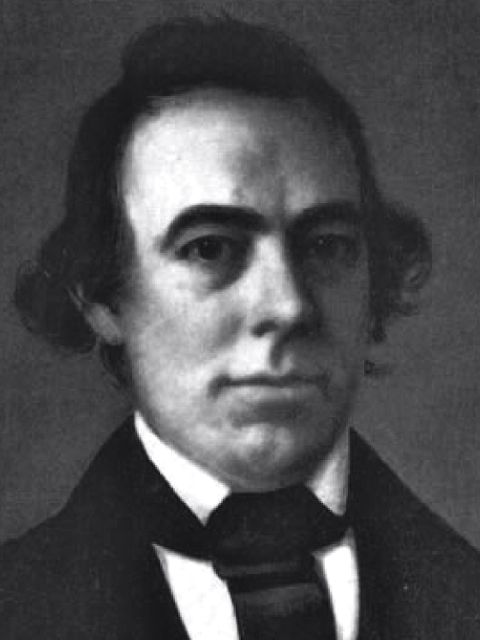 Below is a reprint of an article published in the Polynesian newspaper in 1845. The author is William Richards being one of the commissioners along with Timoteo Ha‘alilio and Sir George Simpson who were commissioned by King Kamehameha III with the purpose of securing the recognition of the Hawaiian Kingdom as an independent State from Great Britain, France and the United States. Of the three, Ha‘alilio did not survive. He passed away on the ship The Montreal on his way home after departing Hawai‘i in 1842.
Below is a reprint of an article published in the Polynesian newspaper in 1845. The author is William Richards being one of the commissioners along with Timoteo Ha‘alilio and Sir George Simpson who were commissioned by King Kamehameha III with the purpose of securing the recognition of the Hawaiian Kingdom as an independent State from Great Britain, France and the United States. Of the three, Ha‘alilio did not survive. He passed away on the ship The Montreal on his way home after departing Hawai‘i in 1842.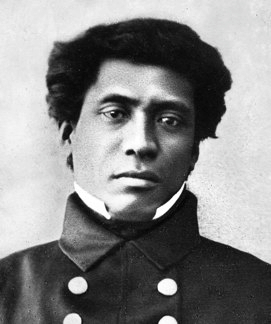 The Montreal, from Boston, arrived off our harbor on Sunday last, at day break. Her ensign was noticed to be half-mast, and various conjectures began to circulate through the town, when William Richards, Esq., H.H.M.’s Commissioner to the U. States and Europe, whose arrival has been so long and anxiously awaited, landed and proceeded directly to the palace, where he immediately made known to their Majesties the melancholy news of the death of his fellow Commissioner, Mr. T. Haalilio, who died at sea on the 3d Dec. ult. The sad intelligence soon spread over the place; the flags of the men of war, merchant vessels, the consulates, batteries and other places, were immediately lowered to half-mast as a general expression of sympathy at the nation’s loss. Great hopes had been entertained both among Hawaiians and foreigners, of the good results that would ensue to the kingdom from the addition to its councils of one of so intelligent a mind, stored as it was with the fruits of observant travel, and the advantages derived from long and familiar intercourse in the best circles of Europe and the United States. A numerous band of personal friends to whom he had been endeared from his earliest intercourse by his sincerity of manners and peculiarly affectionate deportment, were earnestly looking to welcome him home. But above all, their Majesties, his intimate friends, the Governors, the other high chiefs and his widowed mother were awaiting his arrival with an earnestness of hope that the deepest affections of the heart can alone produce. The last tidings from him had been those of health. He was then soon to embark, and his speedy arrival to the shores and friends he loved so well, was anticipated without a doubt. So unexpected a termination of his existence, after having escaped the dangers of long and trying journe[y]s and voyagings, while as it were, on the very eve of again treading his native land, brings with it more than common anguish. It is not for us to life the veil and expose the scene which ensued at the palace upon the communication of the tidings. The whole court were there assembled. Those who had been suddenly deprived of their choicest hope when on the eve of its full indulgence, can alone estimate the bereavement.
The Montreal, from Boston, arrived off our harbor on Sunday last, at day break. Her ensign was noticed to be half-mast, and various conjectures began to circulate through the town, when William Richards, Esq., H.H.M.’s Commissioner to the U. States and Europe, whose arrival has been so long and anxiously awaited, landed and proceeded directly to the palace, where he immediately made known to their Majesties the melancholy news of the death of his fellow Commissioner, Mr. T. Haalilio, who died at sea on the 3d Dec. ult. The sad intelligence soon spread over the place; the flags of the men of war, merchant vessels, the consulates, batteries and other places, were immediately lowered to half-mast as a general expression of sympathy at the nation’s loss. Great hopes had been entertained both among Hawaiians and foreigners, of the good results that would ensue to the kingdom from the addition to its councils of one of so intelligent a mind, stored as it was with the fruits of observant travel, and the advantages derived from long and familiar intercourse in the best circles of Europe and the United States. A numerous band of personal friends to whom he had been endeared from his earliest intercourse by his sincerity of manners and peculiarly affectionate deportment, were earnestly looking to welcome him home. But above all, their Majesties, his intimate friends, the Governors, the other high chiefs and his widowed mother were awaiting his arrival with an earnestness of hope that the deepest affections of the heart can alone produce. The last tidings from him had been those of health. He was then soon to embark, and his speedy arrival to the shores and friends he loved so well, was anticipated without a doubt. So unexpected a termination of his existence, after having escaped the dangers of long and trying journe[y]s and voyagings, while as it were, on the very eve of again treading his native land, brings with it more than common anguish. It is not for us to life the veil and expose the scene which ensued at the palace upon the communication of the tidings. The whole court were there assembled. Those who had been suddenly deprived of their choicest hope when on the eve of its full indulgence, can alone estimate the bereavement.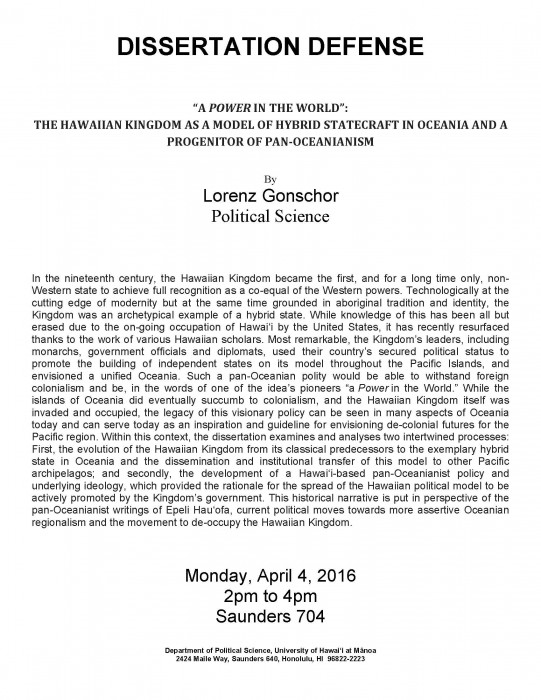
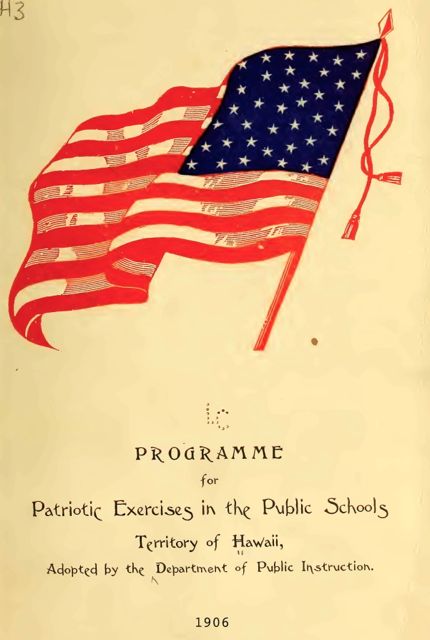
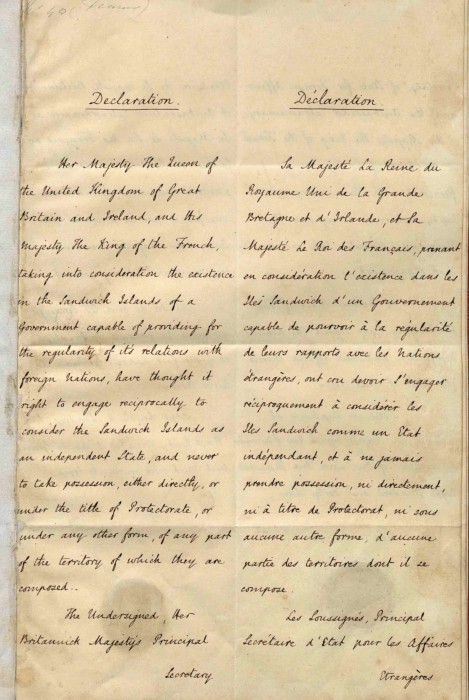
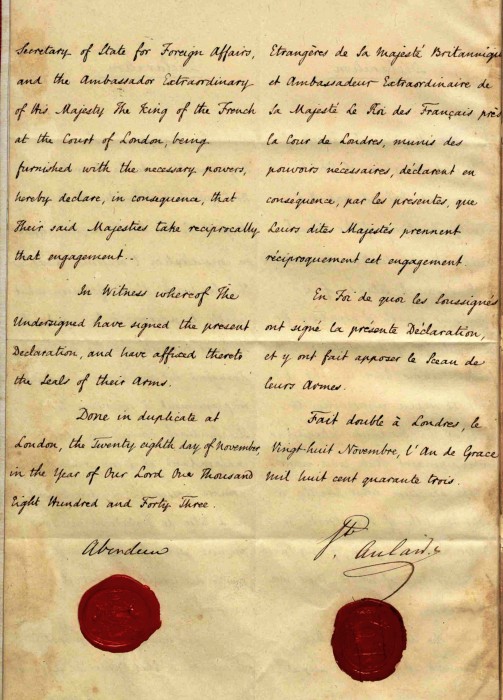
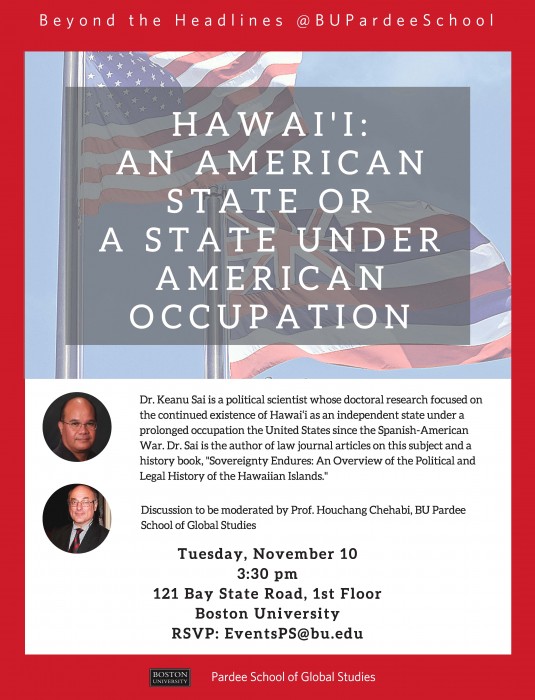
 From September 10-12, 2015, fifteen academic scholars from around the world who were political scientists and historians came together to present papers on non-European powers at a conference/workshop held at the University of Cambridge, United Kingdom. Attendees of the conference were by invitation only and the papers presented at the conference are planned to be published in a volume with Oxford University Press.
From September 10-12, 2015, fifteen academic scholars from around the world who were political scientists and historians came together to present papers on non-European powers at a conference/workshop held at the University of Cambridge, United Kingdom. Attendees of the conference were by invitation only and the papers presented at the conference are planned to be published in a volume with Oxford University Press.
 While King Kalakaua was visiting Japan in 1881, Emperor Meiji “asked for Hawai‘i to grant full recognition to Japan and thereby create a precedent for the Western powers to follow.” Kalakaua was unable to grant the Emperor’s request, but it was done by his successor Queen Lili‘uokalani. Hawaiian recognition of Japan’s full sovereignty and repeal of the Hawaiian Kingdom’s consular jurisdiction in Japan provided in the Hawaiian-Japanese Treaty of 1871, would take place in 1893 by
While King Kalakaua was visiting Japan in 1881, Emperor Meiji “asked for Hawai‘i to grant full recognition to Japan and thereby create a precedent for the Western powers to follow.” Kalakaua was unable to grant the Emperor’s request, but it was done by his successor Queen Lili‘uokalani. Hawaiian recognition of Japan’s full sovereignty and repeal of the Hawaiian Kingdom’s consular jurisdiction in Japan provided in the Hawaiian-Japanese Treaty of 1871, would take place in 1893 by  By direction of Her Majesty Queen Lili‘uokalani, R.W. Irwin, Hawaiian Minister to the Court of Japan in Tokyo sent a diplomatic note to Mutsu Munemitsu, Japanese Minister of Foreign Affairs on January 18, 1893 announcing the Hawaiian Kingdom’s abandonment of consular jurisdiction. Irwin stated:
By direction of Her Majesty Queen Lili‘uokalani, R.W. Irwin, Hawaiian Minister to the Court of Japan in Tokyo sent a diplomatic note to Mutsu Munemitsu, Japanese Minister of Foreign Affairs on January 18, 1893 announcing the Hawaiian Kingdom’s abandonment of consular jurisdiction. Irwin stated:
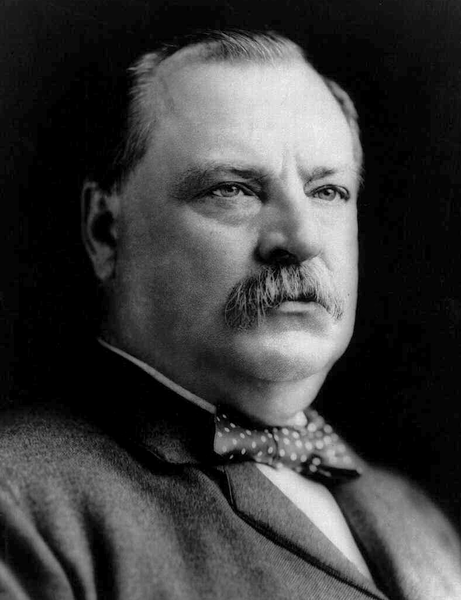 “The United States forces being now on the scene and favorably stationed, the committee proceeded to carry out their original scheme. They met the next morning, Tuesday, the 17th, perfected the plan of temporary government, and fixed upon its principal officers, ten of whom were drawn from the thirteen members of the Committee of Safety. Between one and two o’clock, by squads and by different routes to avoid notice, and having first taken the precaution of ascertaining whether there was any one there to oppose them, they proceeded to the Government building almost entirely without auditors. It is said that before the reading was finished quite a concourse of persons, variously estimated at from 50 to 100, some armed and some unarmed, gathered about the committee to give them aid and confidence. This statement is not important, since the one controlling factor in the whole affair was unquestionably the United States marines, who, drawn up under arms and with artillery in readiness only seventy-six yards distant, dominated the situation.”
“The United States forces being now on the scene and favorably stationed, the committee proceeded to carry out their original scheme. They met the next morning, Tuesday, the 17th, perfected the plan of temporary government, and fixed upon its principal officers, ten of whom were drawn from the thirteen members of the Committee of Safety. Between one and two o’clock, by squads and by different routes to avoid notice, and having first taken the precaution of ascertaining whether there was any one there to oppose them, they proceeded to the Government building almost entirely without auditors. It is said that before the reading was finished quite a concourse of persons, variously estimated at from 50 to 100, some armed and some unarmed, gathered about the committee to give them aid and confidence. This statement is not important, since the one controlling factor in the whole affair was unquestionably the United States marines, who, drawn up under arms and with artillery in readiness only seventy-six yards distant, dominated the situation.”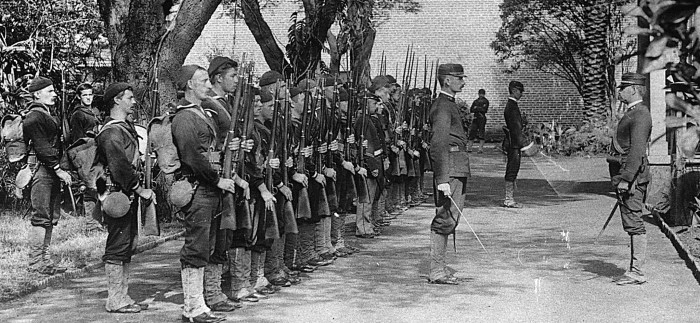
 “In the heyday of empire, most of the world was ruled, directly or indirectly, by the European powers. On the eve of the First World War, only a few non-European states had maintained their formal sovereignty: Abyssinia (Ethiopia), China, Japan, the Ottoman Empire, Persia (Iran), and Siam (Thailand). Some others kept their independence for a while, but then succumbed to imperial powers, such as Hawaii, Korea, Madagascar, and Morocco. Facing imperialist incursion, the political elites of these countries sought to overcome their political vulnerability by engaging with the European powers and seeking recognition as equals.
“In the heyday of empire, most of the world was ruled, directly or indirectly, by the European powers. On the eve of the First World War, only a few non-European states had maintained their formal sovereignty: Abyssinia (Ethiopia), China, Japan, the Ottoman Empire, Persia (Iran), and Siam (Thailand). Some others kept their independence for a while, but then succumbed to imperial powers, such as Hawaii, Korea, Madagascar, and Morocco. Facing imperialist incursion, the political elites of these countries sought to overcome their political vulnerability by engaging with the European powers and seeking recognition as equals. Dr. David Keanu Sai was 1 of 15 scholars from across the world that was invited to present their research and expertise that centers on non-European States. Dr. Sai’s research focuses on the Hawaiian Kingdom as an independent and sovereign state and its continuity to date under an illegal and prolonged occupation by the United States of America since the Spanish-American War. He will be presenting a paper titled “Hawaiian Neutrality: From the Crimean Conflict to the Spanish-American War.” The following is Dr. Sai’s abstract for his paper:
Dr. David Keanu Sai was 1 of 15 scholars from across the world that was invited to present their research and expertise that centers on non-European States. Dr. Sai’s research focuses on the Hawaiian Kingdom as an independent and sovereign state and its continuity to date under an illegal and prolonged occupation by the United States of America since the Spanish-American War. He will be presenting a paper titled “Hawaiian Neutrality: From the Crimean Conflict to the Spanish-American War.” The following is Dr. Sai’s abstract for his paper: